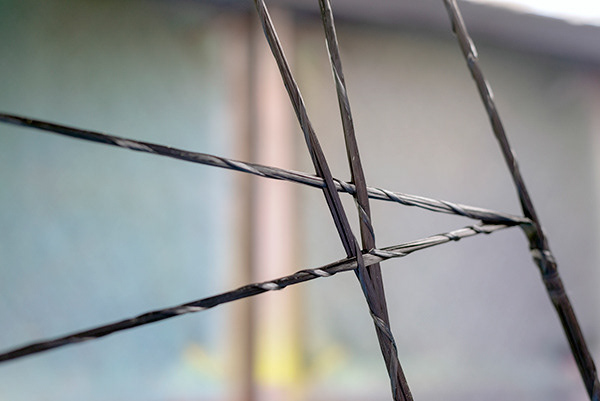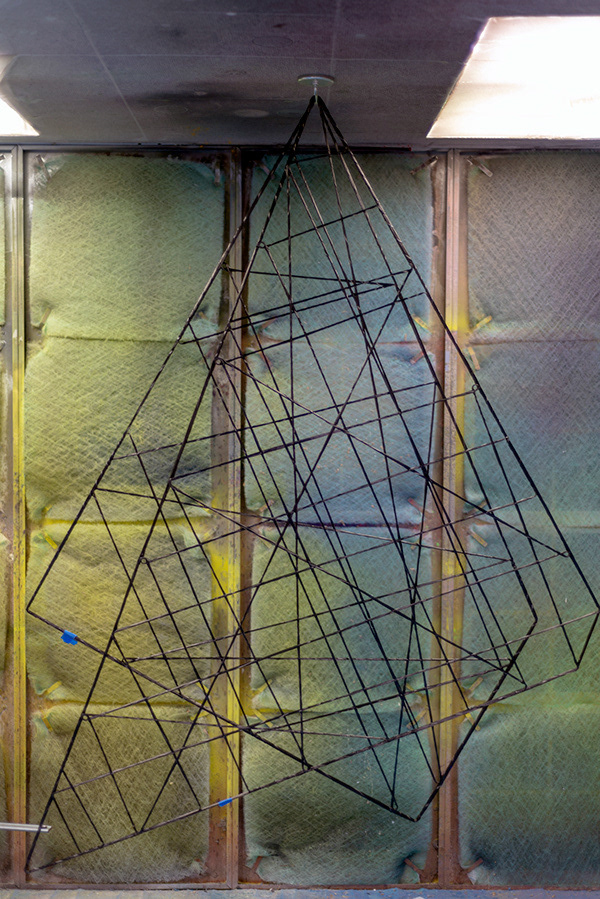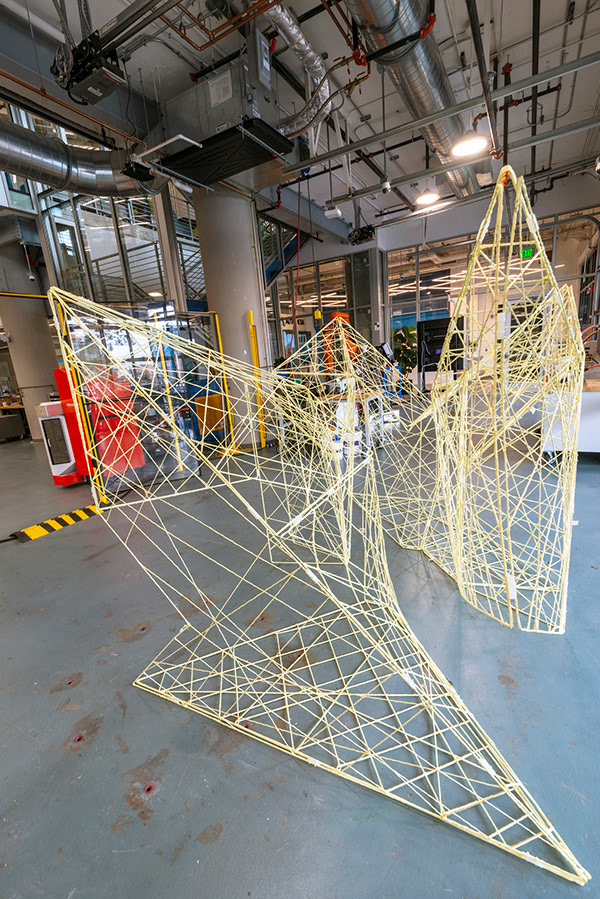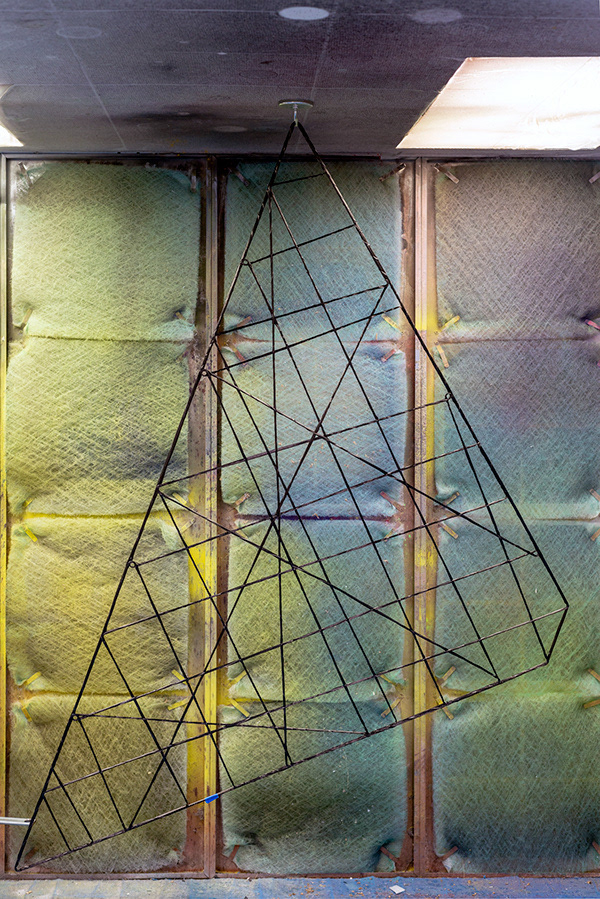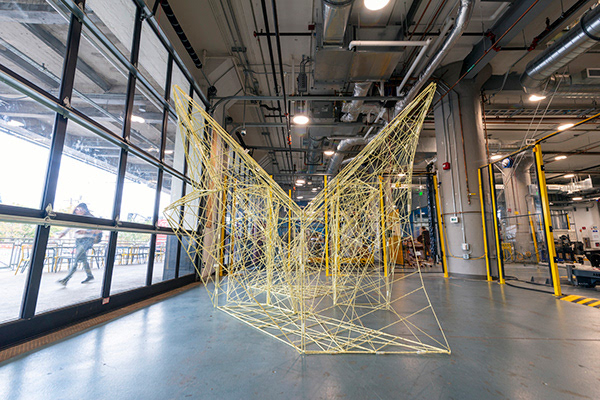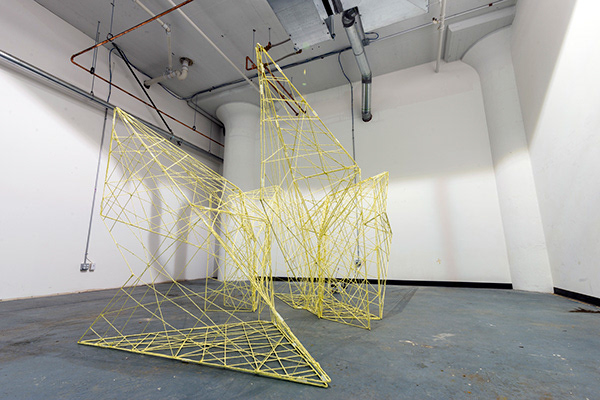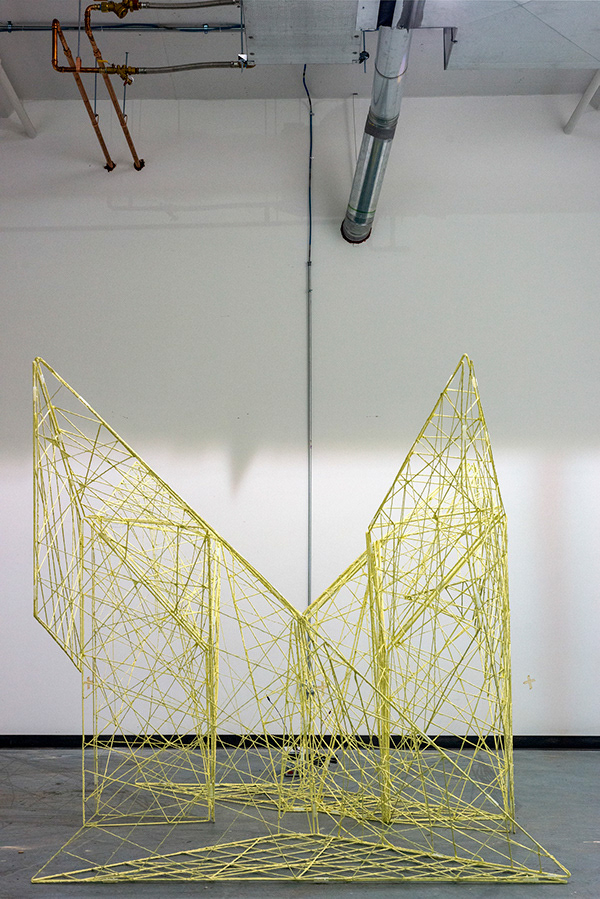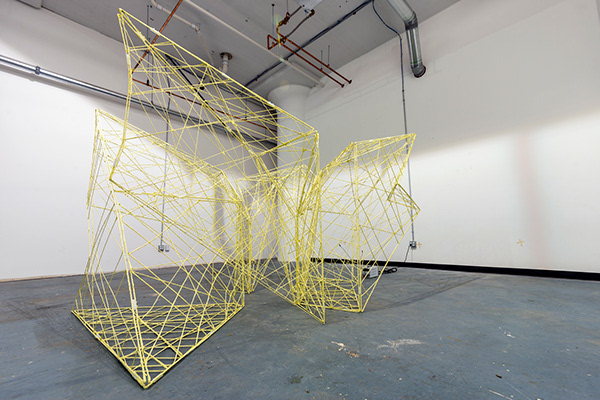Dinner4Six on Display
PRINCIPAL INVESTIGATORS: Andrew John Wit, Ibanez Kim Studio, Tim Rusterholz
PROJECT STATUS: Complete
DESCRIPTION: Visual within the post war works of Archigram, Haus Rucker Co, and Warhol, environments and buildings made of lightweight materials such as composites, untethered to ground were both countercultural and future-forward. Built with processes and materials unfamiliar to most architects at the time (as well as now), these innovators offered a glimpse into a future where building forms, functions, and aesthetics were no longer determined by the inherent limitations of standardized materials and methods utilized in typical construction. After nearly five decades of waiting, we still have yet to see the promises and potentials fully harnessed within the discourse of architecture, design, and construction.
Although lightweight composites remain mostly absent within the contemporary architectural discourse, we have been witnessing them appear more and more frequently in industries such as aerospace, automotive, marine, as well as in sporting equipment, prosthetics and robotics. The materials high strength to weight ratio in relationship to its easy formability make it ideal for the creation of complex yet efficient forms. In addition to the technical merits inherent within carbon fiber, the material also lends itself to the creation of a new typology of “skin”, one not defined by solid, monocoque shells such as those used in the previously mentioned disciplines, but rather one derived from the amalgamation of layered vectors that allows for a new language of visual and tactile merits to arise within the design of inhabitable spaces. Some form of this can be found in recent projects such as the 2012-2015 Research pavilions created within ICD/ITKE Institutes at the University of Stuttgart, as well as within recent work of the authors. This proposal addresses the early ephemeral promises of light-as-air architecture through the exploration and implementation of pre-impregnated, carbon fiber reinforced polymer tow (CFRP) at an architectural scale.
Dinner for Six stands as an addendum to this critical research, investigating novel applications for CFRP within the context of architecture. Creating not only new typologies of form, but also novel types of tactile, sensorial, and ephemeral environments through the hand and/or robotic winding and layering of CFRP tow.
Dinner4Six on DisplayDinner4Six on Display
Dinner4Six on Display
Dinner4Six on Display
Dinner4Six on Display
Dinner4Six on Display
